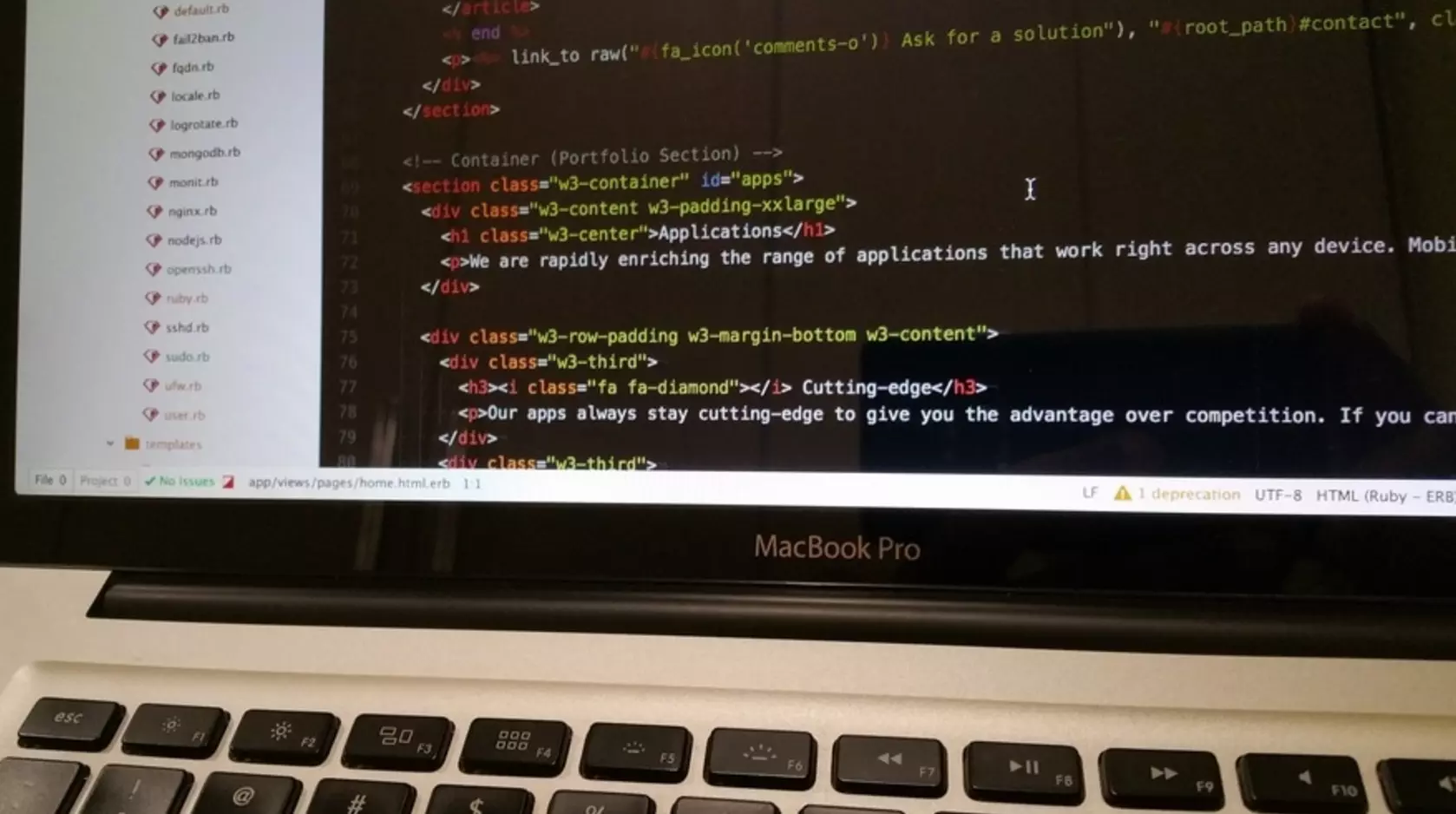
Java vs. JavaScript: What’s the Difference? (review)
By SOLTECH
If you are wondering what the difference is between Java and JavaScript, you’re in the right place. Java and JavaScript are coding languages to develop in the front-end and back-end, that accomplish different tasks when creating a custom a web application. The explanation can get very in depth and detailed so think of this as a brief overview.
Java and JavaScript Are Languages
Don’t think of Java and JavaScript as scary, intimidating technology terms. Think of it as this: just how we speak and write English and others do so in French, both Java and JavaScript are languages.
When a software engineer writes the code, they are literally writing the way we write sentences in our native language; only, they’re writing their “words” in Java or JavaScript.
Are you having that lightbulb moment yet? Great, now let’s dive deeper into the differences.
Java and JavaScript are languages used for what is called the front-end and the back-end development.
What is Front-End Development and Back-End Development?
What makes a front-end or a back-end language? Great question!
A web application has two main parts – the front-end and the back-end. One way to explain the two, is to visualize a retail store.
The front-end represents the racks of beautiful clothing, the drawers with all the sizes needed for the customer to browse. The front-end is what makes things visually appealing – it’s what we see and interact with.
It coincides with the web design, the front-end web development’s counterpart. Web design represents the visuals such as logos, photos, and text, while the front-end development represents the coding to make those things appear.
When you take a shirt off the rack to purchase, or reach into the drawer to pull out a size – what usually happens? The store restocks the item. Replenishing the items is what the back-end does. It’s given a task and is able to complete it – again, it’s able to see that the shirt is out of stock.
How? Because one of the three main parts of back-end development is a database. Imagine that the list of the store’s inventory is a giant Excel spreadsheet, listing all the available sizes and colors of the shirts – this will represent the database. The other two parts to back-end development are the application and server. Think of the application as the customer purchasing the shirt and the sales associate restocking the items, the server.
What is Java?
Java is a back-end language that enables programmers to write computer instructions. Java is an object-oriented programming language. In Java, you’re able to write commands and the tasks are done. Java is a common language used when coding the back-end but is not the only one. Other back-end languages include, but are not limited to Ruby on Rails, .NET and Python.
What is JavaScript?
JavaScript is used in conjunction with HTML and CSS and is a scripting language. JavaScript is supported by the use of frameworks and libraries such as Angular.js and jQuery. JavaScript represents the front-end development and it is what you see when browsing a website.
Conclusion
Just how ham and hamster and car and carpet are similarly spelled, they’re nothing alike. Now you’re able to see that Java and JavaScript may look alike when glancing at the words, but know that they’re completely opposite in terms of definition. Hopefully, this brief overview has helped you differentiate the two and has assisted in better understanding what Java and JavaScript is.





